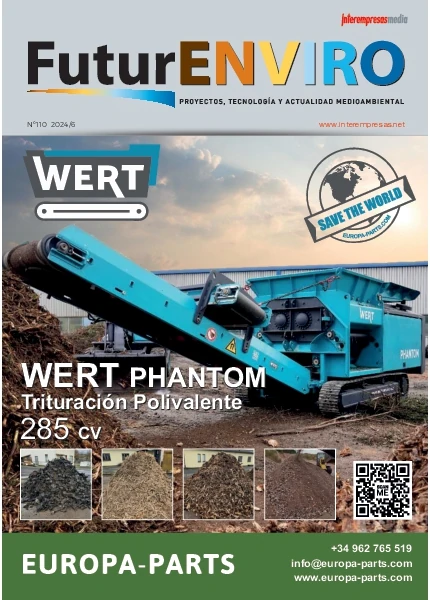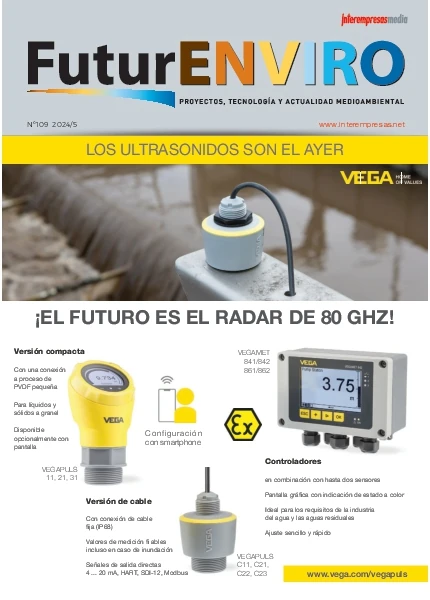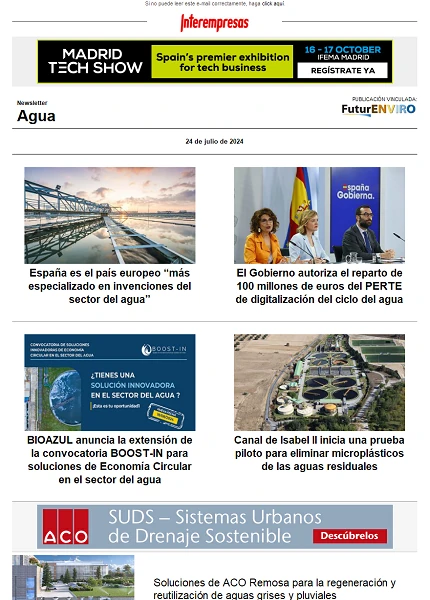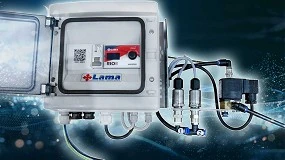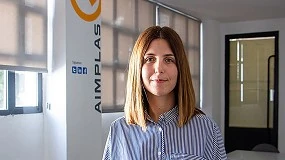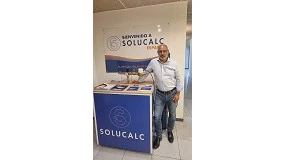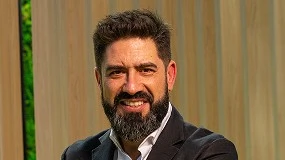Starts a research for biofuels from waste water
September 8, 2010

"What is intended is not only to increase the effectiveness of the treatment process, but reduced treatment costs by using a source cheap nutrients, primarily nitrogen and phosphorus in effluents of urban waste water, to produce high value feedstock biomass"", good for generating biofuels or direct fuels". Describes Carmen Garrido, responsible of the ' study of the feasibility of the use of microalgae in the wastewater treatment: biofijación of CO2 and production of biofuels ', why this research which is carried out from the University of Cádiz. This project of excellence is intended to demonstrate what microalgae are the most valid from a perspective of biological recovery of effluents or pollutant emission. Rivers, lakes or reservoirs show an increase of nutrients, especially nitrogen and phosphorus, which alter the biogeochemical natural, as a result of the impact of human activity. The consequences for the environment are often severe, producing phenomena cone eutrophication. In addition, the unequal geographical distribution of water resources in the country and the reuse of wastewater-grabbing increasingly greater interest scientific, technological and political as part of the solution to this problem. The adoption of Royal Decree 1620 / 2007 of 7 December, is good shows, as it establishes the legal regime of the reuse of purified water. The result: the launch of a greater number of sewage wastewater with additional treatments that allow its disposal or reuse.
Eutrofizados aquatic ecosystems is becoming more common. In ecology, this term refers to the abundance, too high, of inorganic nutrients in rivers, lakes, reservoirs, etc. The first idea that comes to mind when thinking of an enrichment of nutrients is that it would facilitate the existence of human beings. However, eutrophication also has his face 'least friendly' already resulting in a massive growth of plants and other organisms. Later, when they die, they decay and fill the water of bad smells and a lousy visual appearance, which drastically reduces the quality of this water resource. If this wasn't enough, the decay of these organisms requires a large amount of dissolved oxygen: the waters are not suitable for the majority of living beings. With the end of this ecosystem.
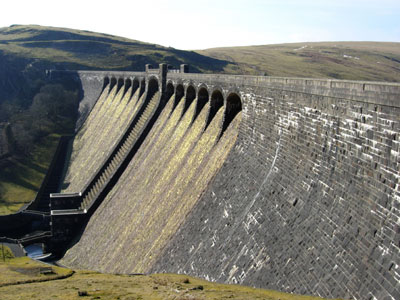
The turn of the microalgae from biomass for the production of biodiesel
The ' study of the feasibility of the use of microalgae in the wastewater treatment: biofijación of CO2 and production of biofuels ' discusses how to remove the excess of nutrients medidante cultivation in fotobiorreactores of microalgae of high oil content. Research opens a line of work whose aim is to improve the treatment of urban waste water. To date, most commonly used to remove nutrients are species of the genus Chlorella, Scenedesmus and Spirulina, although the capacity of Nannochloris, brauini and the cyanobacteria Phormidium Botryococcus was also investigated. In relation to the usual techniques using microalgae to treat waste water include the algal lakes high speed (high-rate algae ponds, HRAP). "However, the development of this technology - in the opinion of the person in charge of this project - long came to its limit, thus restricting the development of microalgae biotechnology." "The low cell density gives rise to several drawbacks, including low productivity, easy contamination, expensive recovery of dilute media product and difficulty of the temperature control". According to Carmen Garrido, these drawbacks led to the development of fotobiorreactores built with transparent like glass and polycarbonate materials. The researcher is also aware of the "undoubted current interest in the production and use of biofuels as an alternative to the use of fuels of petroleum origin". In this regard, Carmen Garrido facilitates data about the consumption of biofuels in Spain to reach 228,2 ktep at the end of the year 2004. "This represents 45.6% of the energy objective set for 2010, according to the Plan of renewable energies in Spain, 2005-2010, with a growth trend that draws a scenario quite frankly optimistic", he says.
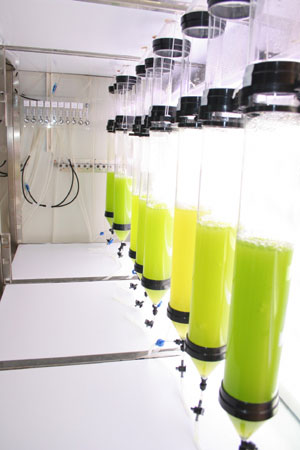
In short, to the scientific community, the biomass of microalgae with high content of lipids and hydrocarbons could be a great solution to the production of biodiesel; and even more if a source as "cheap" as the effluent of the sewage waste water is used as a source of nutrients. "Considering this solution get a number of advantages, such as low cost of operation along with a process that has no requirements of organic carbon for the removal of nitrogen and phosphorus, becoming an attractive possibility for treating secondary effluent," he predicts. On the other hand, it is a biological process that uses primary producers is a potential technology for fixation of CO2 atmospheric. So far, three companies, Aqualia, specializes in purification and reuse of water, as well as nutrient removal, Bobadilla of ceramics in Andalusia, which is dedicated to the fixation of CO2 and consumption of biofuels as well as thermal station of Arcos de la Frontera and Iberdrolaalso an expert in fixation of CO2 and spending of biofuels, are interested in this project.


